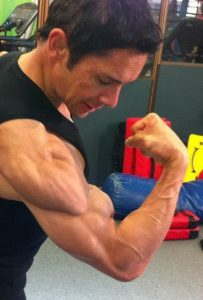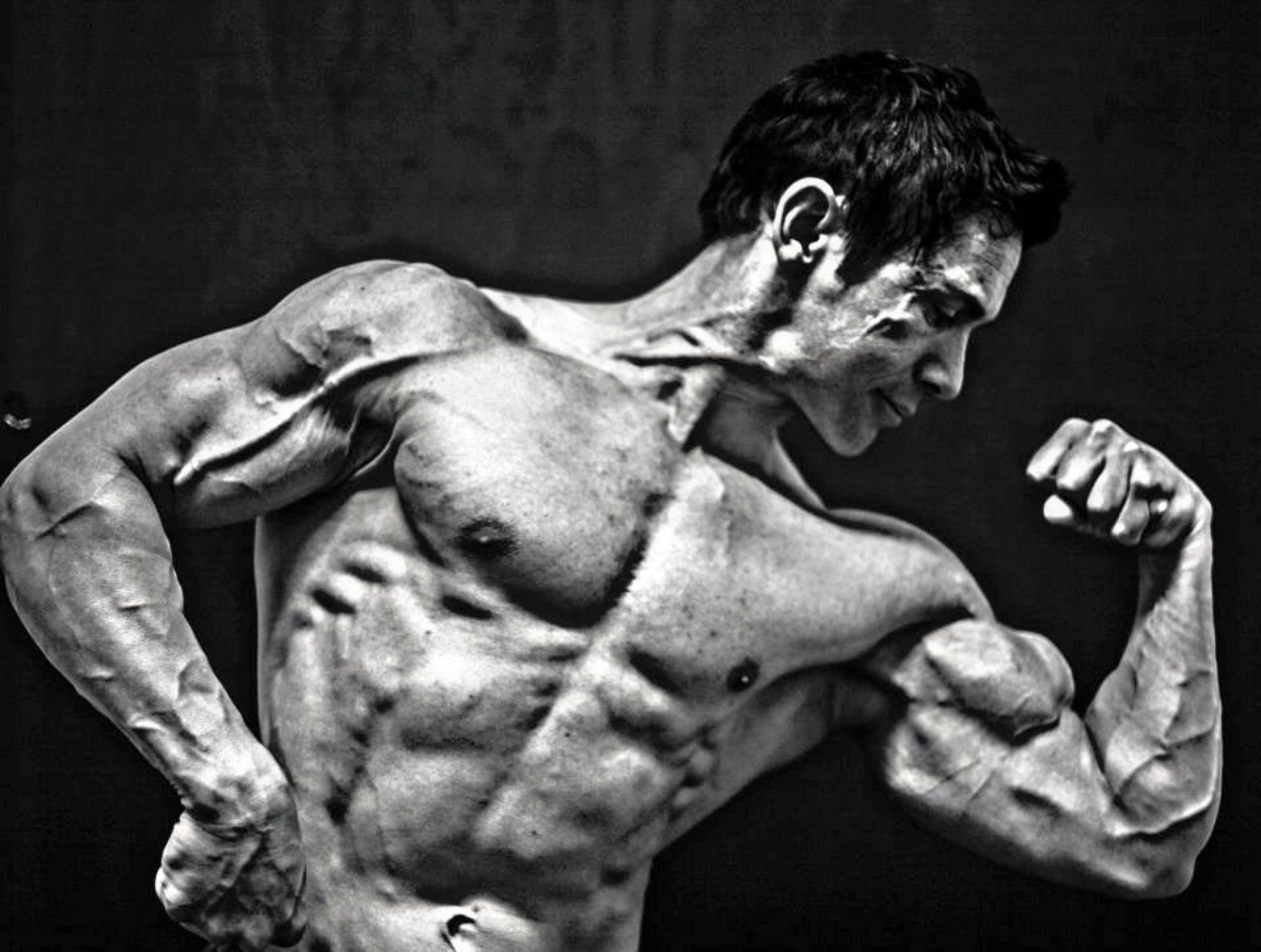
As we begin the New Year thousands of people flock to gyms after the festive season. Although we all have our different reasons for going to the gym it is important that we have ways of measuring how successful our training is so that we reach our goals. Not only do these measuring tools need to be accurate so you can see the progress but they must also motivate you to go to the next level. Below are a range of measuring tools and my opinion on their effectiveness in helping you attain your goals.
Before I begin on some of the more effective measuring tools I just would like to mention BMI (body mass index), which is apparently a “useful” measuring tool to determine if you are a healthy weight or not. The formula is your weight divided by your height squared. Here are the set criteria below.
- Underweight = <18.5
- Normal weight = 18.5–24.9
- Overweight = 25–29.9
- Obesity = BMI of 30 or greater
So: 70 ÷ (1.65 x 1.65) = 25.71
When I follow this at my current weight of 70 kilos at 1.65m tall I am overweight even though I am only around 10-12% body fat. It really doesn’t help me move forward with my current goal of putting on more muscle (more weight). In fact it has been identified by a number of experts that the BMI is not a useful tool for teenagers, pregnant women, the elderly, most athletes and a number of different ethnic groups.
Although there are some highly accurate tests that can measure body composition such as the BOD POD (using air displacement) and hydrostatic under water weighing; both methods can be difficult to access and requires strict adherence to the protocols involved.
Skin fold testing is a highly effective method of testing body composition and gauging progress as it is quick, inexpensive and accurate when administered by a trained person (Your gym should have fitness instructors and personal trainers who can do this for you. It also pays to have the same person complete the skin caliper tests over time so that there is consistency with measurements). Skin fold testing allows you to see your fat loss and muscle gain progress and is a great motivating tool that has worked for many people.
If you are uncomfortable with someone taking skin fold measurements you could utilise a Bioelectrical Impedance Analysis (BIA) machine which looks like a set of scales and determines your body fat level by seeing how much opposition there is to the flow of an electric current through body tissues which can then be used to estimate body fat levels. Just make sure you purchase a good model and follow their protocols for use to the letter.
What works for one person may not work for another and I have found from previous experience that the next four measuring tools are the most effective and motivating for me.
- I measure my waist using a tape measure every second week when I am in pre-contest mode. I know I am lean and ready to compete when my waist measurement is less than 27 inches. You may have goals of achieving “16 inch” arms so regularly measuring them to gauge whether your training, diet and lifestyle are conducive to achieving this goal can be assessed and adjusted if necessary.
- I weigh myself on weight scales once a week. For example I aim for around .25 kilos of body fat loss a week in pre contest mode. Slow steady fat loss means I stay strong and maintain muscle.
- I visually assess progress on a regular basis by using the mirror, photos and feed- back from my wife who is super honest! Often you can be your own worst critic so getting an experienced pair of eyes who won’t just tell you want you want to hear can be more productive.
- I swear by my training diary as a way of motivating me to improve the amount of weight and reps I perform in the gym. I document the date, time, duration, exercises, weights, sets, rep goals, actual reps, comments about the workout, my body weight that day and weights to be used next time based on my performance that workout. I often set repetition goals over 2-3 sets for an exercise and even if I complete one more rep over those sets I know I have progressed. I also know if I am still beating numbers right up to a bodybuilding show while getting leaner I know my macronutrient ratios are on point and I will just maintain that. If I start to get weaker then I will adjust my protein and carbohydrate ratios, rest days and training volume until progress starts up again. The great thing with a training diary is I know before I start the workout what I need to do to beat my previous workout. If you do that over a period of time you can’t help but improve. Your diary could extend to your diet (food, macronutrient ratios, supplements), body measurements (weight, body fat percentage) and how you feel and look.
Whatever measuring tools you use make sure they give you the information to make the necessary adjustments to your training, diet and lifestyle so you continue to move forward with your goals. Also choose tools that fire you up to be better than you have ever been before. Whatever you do make sure you remember to regularly measure your progress, make adjustments when you need to and enjoy the journey on the way to achieving your goals whatever they may be!
